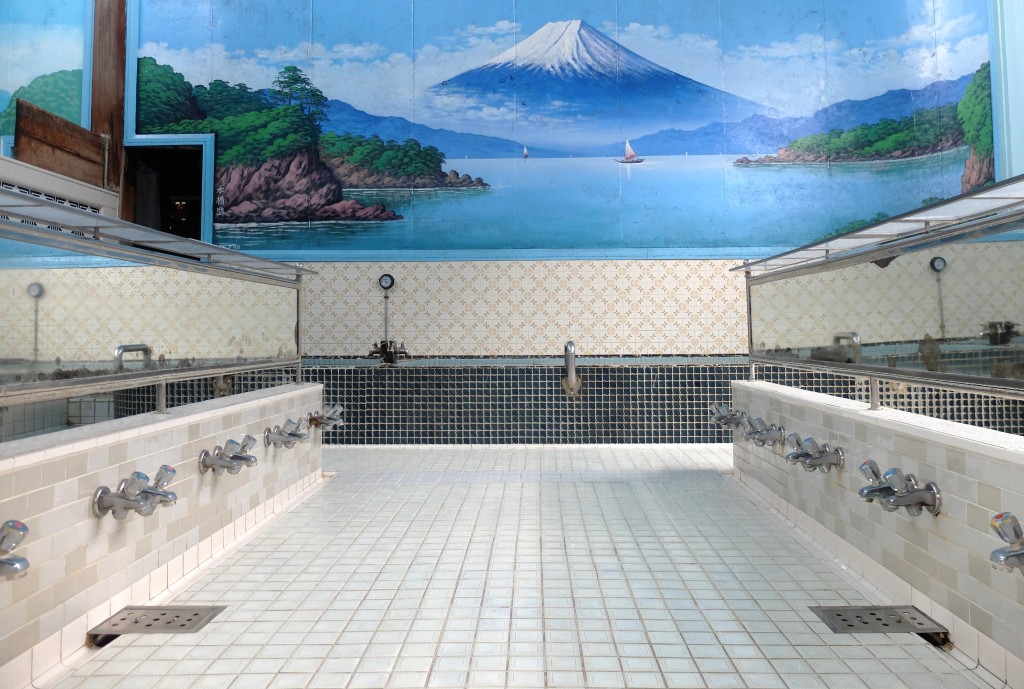Nobuhito NAKAOKA SHINRINGAMA




guinomi version 径 (Diameter) 6.9cm 高さ (Height) 5.2cm 重さ (Weight) 81
Saishikikaiyu


Nobuhito Nakaoka
One of the six old pottery areas in Japan,Tamba is located near Osaka and Kobe,and has more than 50 independent pottersin small area. Nobuhito Nakaoka's workhas traditional Tamba-yaki with touch ofmodern taste.Talking to Nakaoka-san in person, I realizethat his modern and sharp design anduse of colors come from his experience.In Tamba, most of potters family have theirown kiln and has a shop, but coming fromOsaka, he didn't have anything to start with.So he entered potter's world as apprenticeshipand worked in Kyoto and also in Saint Vincentisland. This unique experience and being outsidermake his work unique and particular. He saidas a young potter, he didn't have money, sohe bought old traditional Japanese houseand fixed himself to make it a workshop/ shop/house altogether.Out of his works, I personally like red glaze.Usually, red glaze makes plate heavy anddifficult to match with other plate as well asdishes. But his red glaze melts into white whichmake softer impression and easier to use.I think it can go with green salad, carrots, orfish. I'm happy to have nice red dish on mycupboard.I actually forgot to bring my camera with mewhen I visit Nakaoka-san, so the next time,I definitely take some good photos.
信凌窯 Shinringama - 中岡信人 Nobuhito Nakaoka
1977 Born in Osaka
1996 Apprenticed to Tadashi Nishihata of Tanba-yaki
2001 Employed at Industrial Research Institute of Kyoto, Ceramics Department
2003-2005 Joins the Japan Overseas Cooperation Volunteers Program in St. Vinsent and the Grenadines
2006 Sets up his own atelier in Tachikui, Shinoyama City, Hyogo Pref.
Awards:
2010 "Genzai-kei-no-Tohgei-Hagi Grand Awards Exhibition"(Present Form of Ceramic Art-Hagi Grand Awards Exhibition))
2011 Kobe Biennale 2011
2012 29th "Chanoyu-no-Zoukeiten" (29th Exhibition: Molding for Tea Ceremony)
